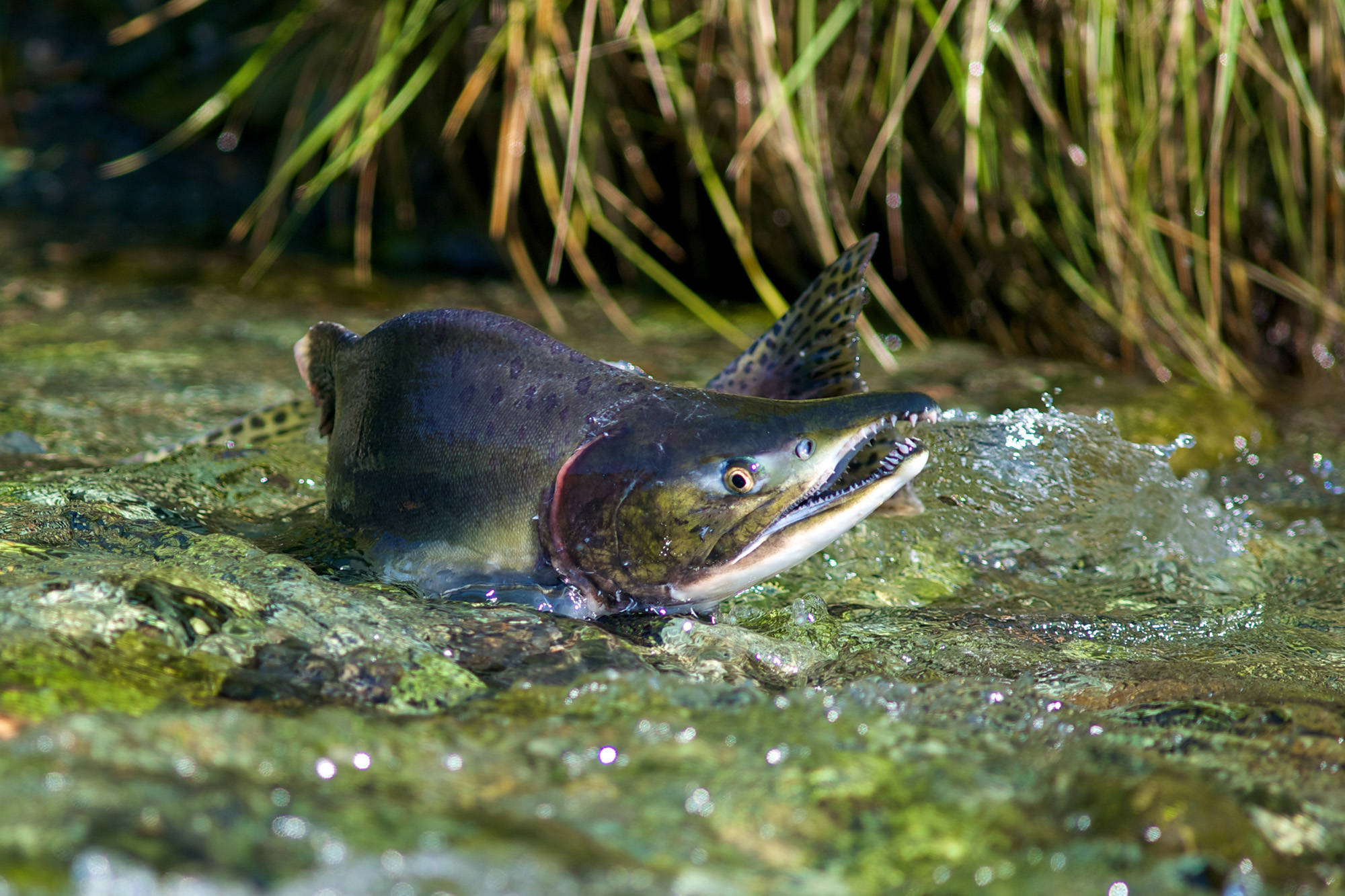Associated Press
ANCHORAGE — A new study has found that global warming could produce higher numbers of pink salmon in the Arctic by making rivers and streams more hospitable for spawning.
The analysis was published by U.S. and Canadian scientists in the journal Deep Sea Research Part II, Alaska’s Energy Desk reported Monday.
The findings bolster reports by Alaska subsistence fishermen that pink salmon numbers have increased as the Arctic warms at more than double the rate of the rest of the globe.
[Opinion: Mine cleanup plan is encouraging, but there’s still work to be done]
“Maybe in the past, they’d see a few adult pink salmon here and there every few years. Now they’re seeing them every year,” said Ed Farley, a federal fisheries scientist at the Auke Bay Laboratories in Juneau.
The scientists found that young pink salmon do better in warmer temperatures, which in turn increases the likelihood of larger numbers of adult fish spawning the following summer.
“It’s likely in the future we could see successful spawning,” Farley said. “When that happens, you’re going to see more pink salmon in the High Arctic.”
In the Gulf of Alaska, salmon and cod stocks were harmed by a massive marine heat wave across the Pacific, commonly known as “the blob,” between 2014 and 2016. Surface ocean temperatures rose 4 to 5 degrees Fahrenheit.
Farley thinks there is more room for ocean temperatures to warm further north before fish are harmed.
“The Bering Sea was a little cooler than the Gulf of Alaska, and with this warming, we seem to be moving into a sweet spot for salmon,” he said. “Whereas when we got really warm in the Gulf, we exceeded that sweet spot.”
Some Arctic residents are already changing fishing techniques to target increasing numbers of pink salmon.
Sheldon Brower, who lives in the village of Kaktovik on Alaska’s North Slope, said next year he plans to use a net with a larger mesh in the hopes of snagging more pink salmon.
“I’ve had some salmon strips and smoked salmon,” Brower said. “I want to try to catch as much as I can.”
• This is an Associated Press report.

